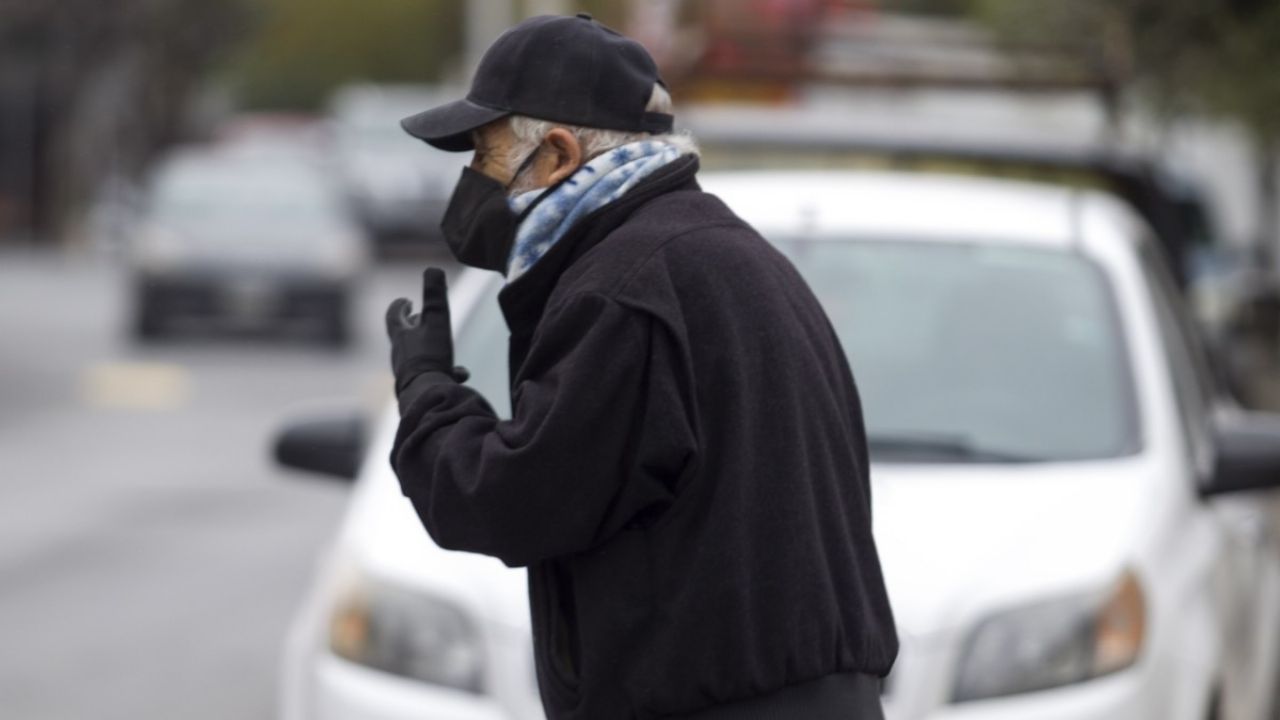
The Covid-19 It is a disease seasonal and his transmission is associated with low temperatures and humidity, as with the flu and other colds caused by coronavirus, according to a study by the Barcelona Institute for Global Health (ISGlobal).
The study, published today in the journal “Nature Computational Science”, also highlights the “considerable” contribution of aerosol transmission and the need to adopt measures that promote “air hygiene”.
Scientists initially ruled out that SARS-CoV-2 behaved like a seasonal flu-like virus because it appeared to be transmitted with the same intensity throughout the year.
A first study with theoretical models suggested that climate was not an important factor, given the large number of susceptible people without prior immunity against it. virus.
However, some observations suggested that the initial spread of the virus in China occurred at latitude between 30 and 50 degrees north, with low humidity levels and cold temperatures of between 5ºC and 11ºC.
“The question of whether Covid-19 it’s a disease really seasonal it becomes increasingly important to implement effective interventions, “said the director of the ISGlobal Climate and Health program and coordinator of the study, Xavier Rodó.
Speaking to EFE, he recalled that ISGlobal developed “one of the only two predictive computational models that have been applied in many countries, with very positive results in most of them.”
Analysis of humidity and low temperatures in 162 countries
Researchers at ISGlobal, a center promoted by the La Caixa Foundation, have analyzed the association of temperature and humidity In the initial phase of the spread of the virus in 162 countries, they have established a correlation with the transmission rate of SARS-CoV-2 and have found that higher transmission rates are associated with lower temperatures and humidity.
They have also analyzed the evolution of this association between climate and disease over time, and whether it was consistent at different geographic scales using a statistical method specifically designed to identify similar patterns of variation, that is, a pattern recognition tool in different windows of time.
These data, with consistent patterns during the first, second and third waves of the pandemic and referring to countries and regions highly affected by the virus, such as Lombardy (Italy), Thuringia (Germany), Catalonia (Spain), and even at the city level, such as Barcelona.
Thus, they have verified that the first pandemic waves diminished with increasing temperature and humidity, and that the second wave increased with decreasing temperature and humidity. However, this pattern was broken during the summer on all continents.
“This could be due to several factors, including massive concentrations of young people, tourism and air conditioning, among others,” justified ISGlobal researcher Alejandro Fontal.
When they studied the correlations with the climate in the countries of the southern hemisphere, where the virus arrived later, they observed the same pattern of behavior.
The effects of the weather were most evident at temperatures between 12ºC and 18ºC and levels of humidity between 4 and 12 g / m3, although the researchers have warned that these are indicative ranges, due to the limited time of records.
Finally, using an epidemiological model, the study shows that incorporating temperature into the transmission rate works best to predict the rise and fall of different waves, particularly the first and third in Europe.
“The set of our results supports the idea that Covid-19 is a truly seasonal infection, similar to the flu and the other coronaviruses of the common cold,” concluded Rodó.
This seasonality, according to the researchers, could contribute to the transmission of SARS-CoV-2, since the low conditions of humidity they reduce the size of aerosols and therefore increase the airborne transmission of seasonal viruses such as influenza.
“This association justifies that it is necessary to sanitize the air through better ventilation of the interior spaces, since the aerosols can remain suspended for longer,” according to Rodó, who underlined the need to include meteorological parameters in the planning and evaluation of measures of control.
With information from EFE
KEEP READING:
There is a deficit of 20 million adults without vaccine against COVID-19 in Mexico
Covid-19 killed 180 thousand doctors and health workers in the world, says WHO



